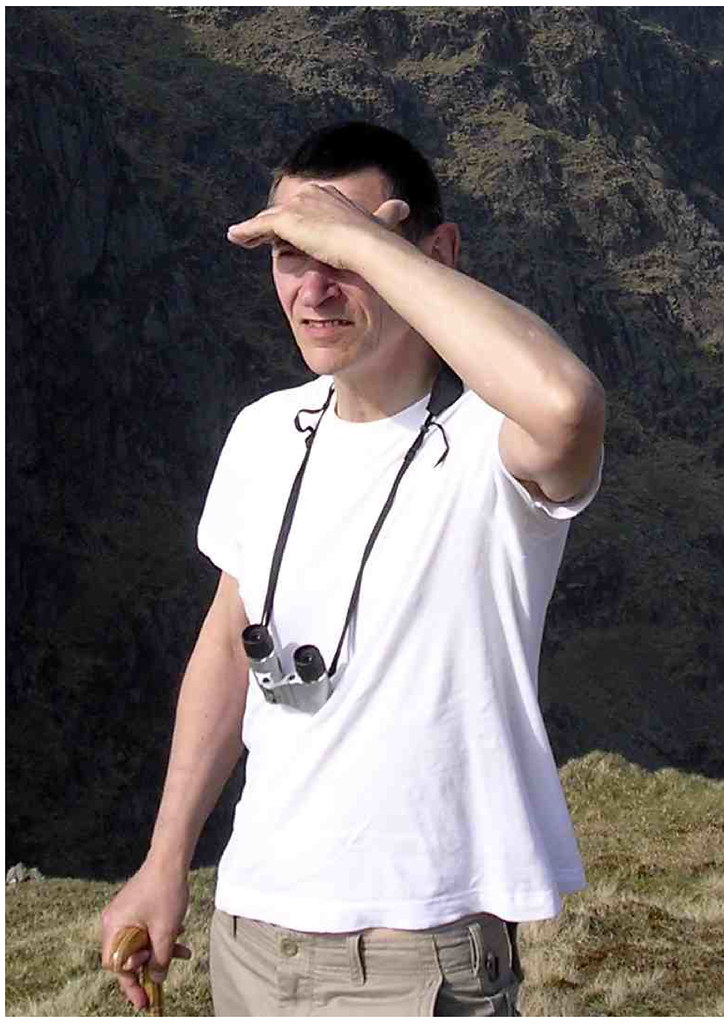The necklace consists of ten domed and patinated silver discs alternating with bought glass beads (some black, some white) and utilising bought sterling chain and findings. The matching earrings use a single disc each. The patination is well sealed, otherwise it could leave unwanted marks on light clothing.
As you can see, Alan understands the importance of presentation! The white satin-lined case makes an excellent contrasting display setting.
The silver was patinated by suspending the discs for about 30 minutes in a sealed container with some ammonium polysulphide solution in the bottom. This liquid emits fumes of hydrogen sulphide, which demands good ventilation to avoid health problems. It is also quite caustic since it contains free alkali, so gloves and goggles are also necessary. The result should be that the silver turns dark and somewhat iridescent (although the rainbow colours are greatly reduced on sealing). It is washed, dried, then sealed with a conservation-grade hard wax.


